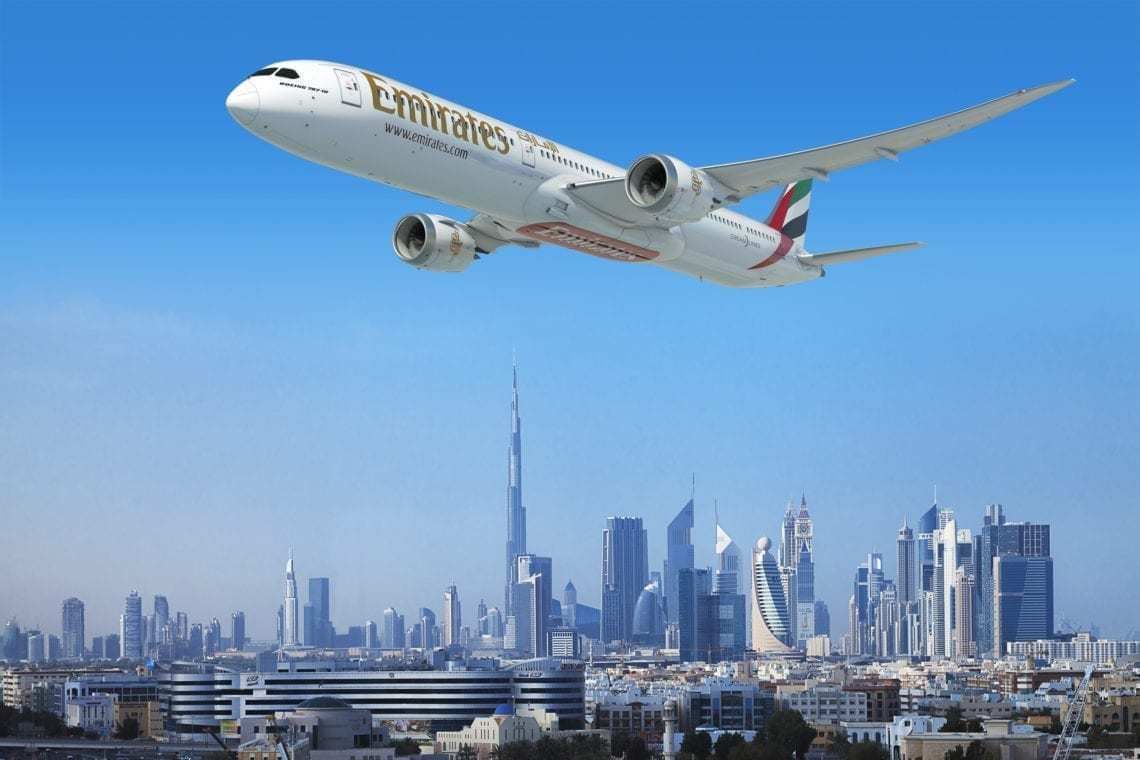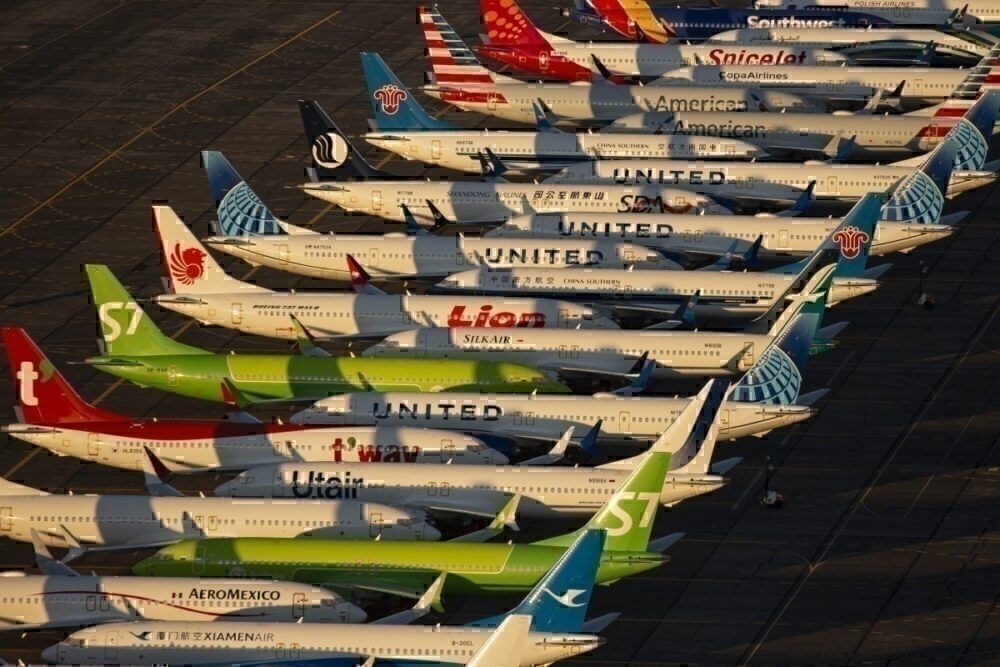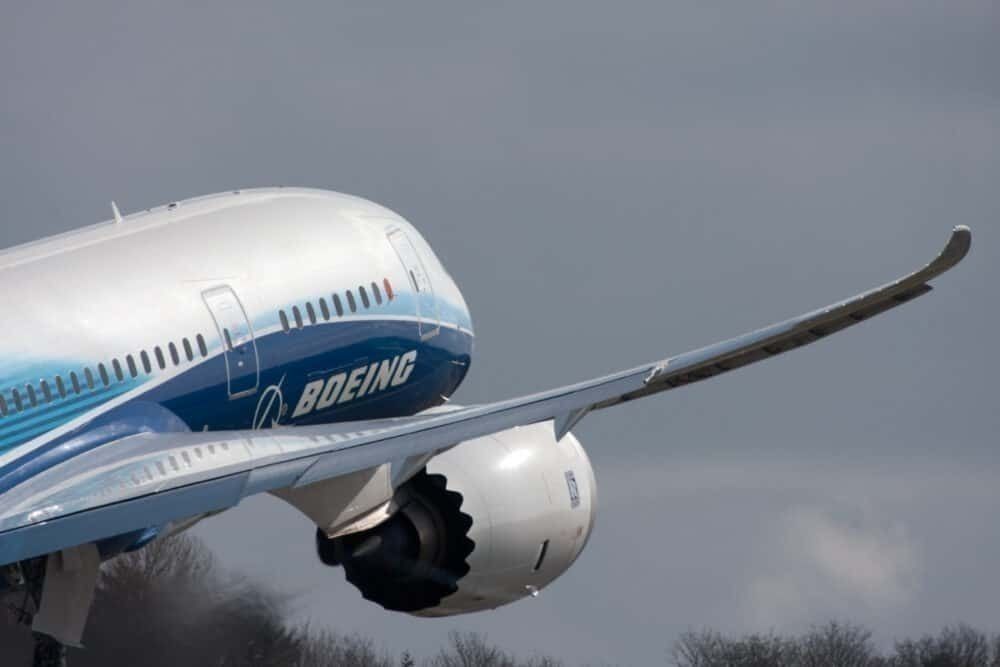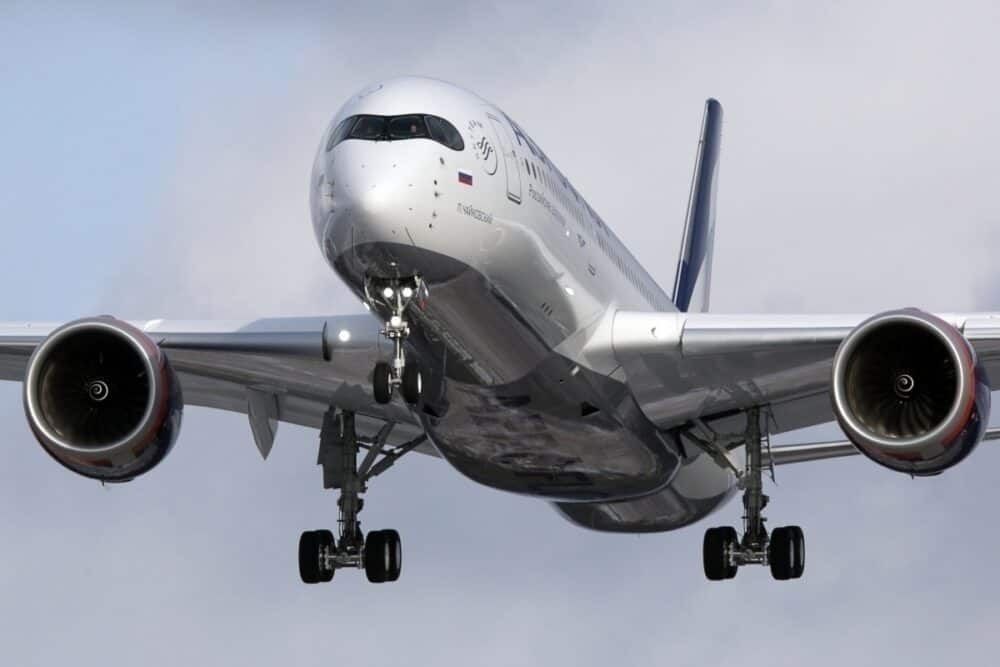Normally, air shows are the perfect forum for aircraft builders to announce new products. This year, however, there will be no such announcements. Industry professionals predict we could even see a drought of several years before any new aircraft are built.
No appetite
In an interview for Farnborough International Airshow, which this year has moved online due to the current travel situation, President of Emirates Tim Clark was doubtful that we would see any new aircraft designed and built in the coming years.
“I'm not optimistic about the airframers getting their teeth into new aircraft. I think they'll do their back of house research but, actually, the cost of a new build is probably … between 20 and 30 billion dollars with a fairly extensive timeline, so there's no appetite for that at the moment.”
The world is crying out for a new small airplane. However, both Boeing and Airbus have rolled the dice on that front. With Airbus' popular A320neo family still selling strongly and the A321XLR on the horizon, why would it invest in anything else?
Stay informed: Sign up for our daily aviation news digest.
Boeing is in a similar position, yet to really leverage the benefits of its 737 MAX line, which, let's face it, owes it some pennies right now.
However, could there be room for a brand new widebody? Clark thinks not, and predicts we'd need a good three to four years of stability before aircraft manufacturers would be in the market for investing in any sort of clean sheet design.
Why would we need a new widebody?
There are a number of benefits to a clean sheet aircraft design, not least because it has the opportunity to leverage all the latest technology in its construction. Rather than bolting on new powerplants, redesigned wings, different avionics, a freshly designed airplane is where the real innovation happens. Speaking in the same webinar, Air Lease executive chairman Steven Udvar-Hazy said,
“Brand new is where we have a major milestone, step change or brand new designs. Clean sheet paper designs. But those involve far greater cost, far greater investment, longer lead times and more risk of success and market penetration.”
We've had two clean sheet designs in the widebody market in recent times, one from each major manufacturer. Boeing brought us the 787 Dreamliner range, while Airbus pitched in with the A350XWB. Still, however, something is missing.
At the top end of the capacity spectrum, the A380 is leaving the stage. The 777X, which was once thought to be a clean sheet design, is being certified as an iteration of the 777. At the other end of the field, the A330neo is a derivative of the original A330, not a new plane.
There's certainly room for a new aircraft in the mix, and given the current situation would likely be at the smaller end of the scale. The NMA would be the obvious choice, but Clark doesn't think it will happen any time soon.
“At the moment everybody is fighting for cash survival including the OEMs. And they're making very very radical decisions about what's going on. That's not to say that they don't have the capability to think ahead. I think the (A)350 and the 787 will be with us for a long time.”
And very capable aircraft they are too. In fact, Udvar-Hazy doesn't think we need anything else at all. He said,
“I don't see a reason for the OEMs to develop a new widebody aircraft. I think what we have now is sufficiently adequate for the next 10 to 15 years, in terms of what we have already on the table.”




